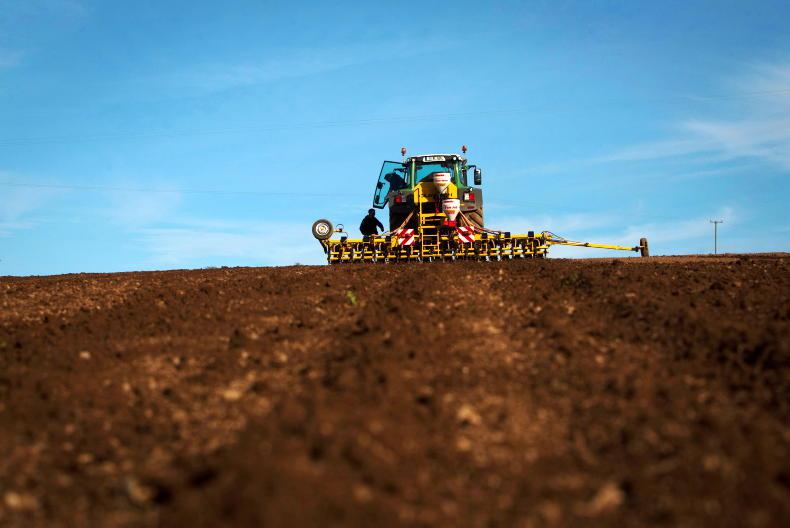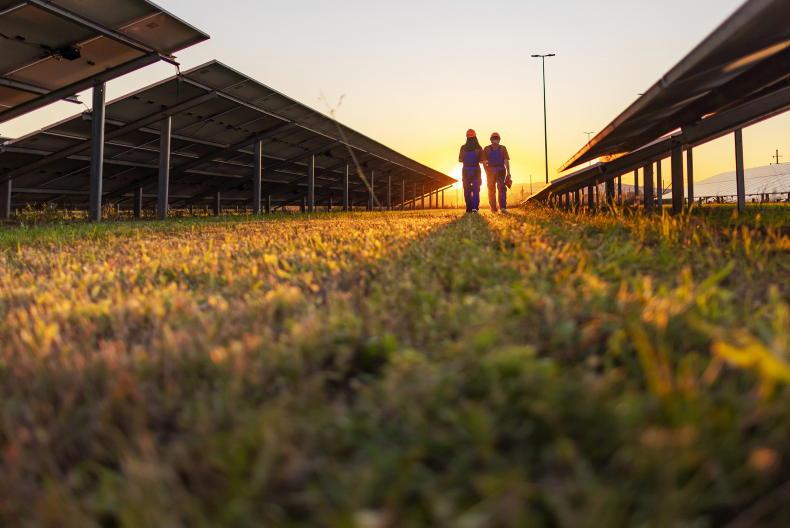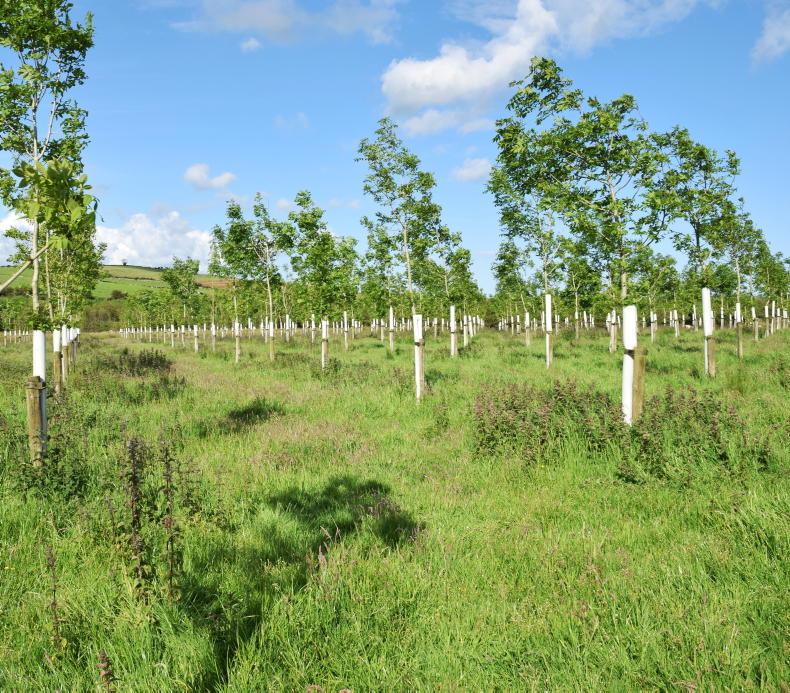Ground conditions
Some land got a lot wetter over the past week, while other areas had a chance to soak and there were some machines out drilling.
Local rainfall amounts for November vary from 7.2mm in Dublin up to 118.9mm in Valentia. This week last year most areas had received less than 10mm for November and about half that in the main tillage areas.
Soil temperatures have cooled again and this may slow the risk of virus infection.
The aphid threat is still real on early sown crops, and these need to be sprayed with aphicide.
With the weather forecast giving warmer and drier conditions towards the weekend we might see another surge in aphid movement which could infect crops that have recently emerged.
Further planting
There may be a bit more planting in places if ground conditions improve. Seeding rates will have to increase to compensate for the likely reduction in establishment percentage.
Heavier land carries a higher risk if planted in marginal conditions.
Suitable conditions must include the ground beneath the seeding zone, as well as the seedbed itself. You need to be able to bury seeds cleanly to get decent establishment and anchorage.
If the soil beneath the cultivated layer is wet it may tighten, especially under the wheels, to cause patches of crop loss over winter.
There is still some winter barley to be planted in the southern half of the country – this should only be considered on free-draining land. There is also some winter wheat and oats to be planted, as well as winter beans.
It is essential to act against crow attack with late planting. The risk is much higher if yours is the only recently sown field. Seed rate cannot compensate for very poor seedbeds.
This is especially the case with oats as crows will come to you from neighbouring parishes.
Winter beans
Best suited to heavier soils but can cope better with medium soils than spring-sown crops. Soil pH needs to be >6.5 and preferably much closer to pH7.
A rotation interval of at least five years with other ascochyta- or sclerotinia-prone crops is preferable. Avoid planting close to a previous bean crop stubble, if possible.
Sowing should ideally take place from mid-November to mid-December – perhaps a bit earlier further north. There are generally fewer problems with later planting and deep planting has generally coped well with the crow risk.
Variety options are mainly Tundra and some Vespa. Target 15-20 plants/m2 by planting 25-30 seeds/m2. Assume that establishment will be less than 80% and use seed size to fine-tune seed rate (120 to 160 kg/ha for 600g TGW seed at 75% establishment).
Ensure that seed is certified free of bean stem nematode.
Plant at 8-10cm depth to minimise crow damage. This may be easier done using strip-till drills. Beans can tolerate rough cloddy seedbeds but not compaction. However, rough seedbeds can favour slugs and reduce the effectiveness of residual herbicides.









SHARING OPTIONS